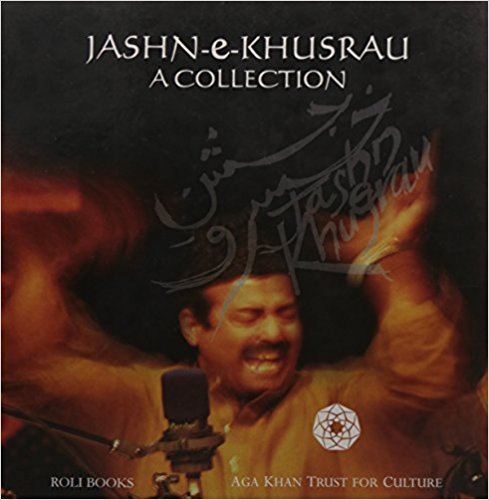Even as Delhi has been celebrating the centenary of its restoration as capital of India, a proud fragment of its built heritage and history, it is fitting that we re-member the doyen of Delhi’s lived cultural heritage, Amir Khusrau (1238-1325), the most loved acolyte of the great sufi divine, Hazrat Nizamuddin Auliya who, like his master, lies buried in Nizamuddin.
Sufi origins go back to Persia and the tradition was established at Ajmer Sharif in India by Moinuddin Chisti whose lineage is traced back to the Holy Prophet. The fourth in his sinsila or spiritual family was Nizamuddin Auliya, following Bakhtiyar Kaki and Baba Farid. Sufi humanism found supreme expression in poetry and music, finding ecstasy in the imagery of the beloved. This was greatly popularized in the Rubaiyats or quatrains of the Persian polymath and mystical poet, Omar Khayyam. If Firdaus, Rumi, Nizami and other Persian masters gave the world a range of poetic metre, Khusrau exploited the confluence of Persian and Hindavi (the Hindi spoken around Delhi) literary styles to break new ground with ghazals and, in musical form, qawwalis, a mix of lyricism and love in a yearning to unite with the divine.

